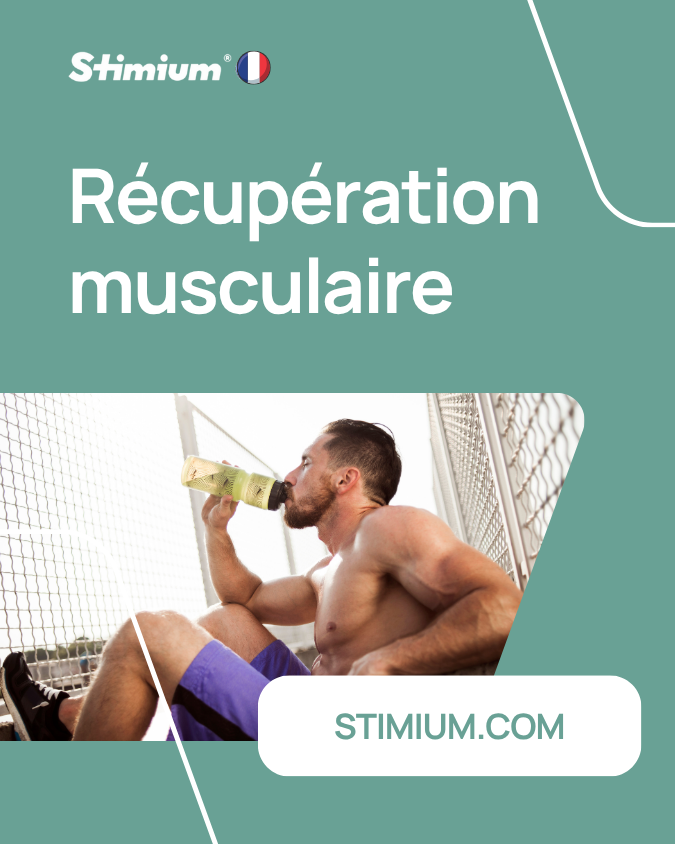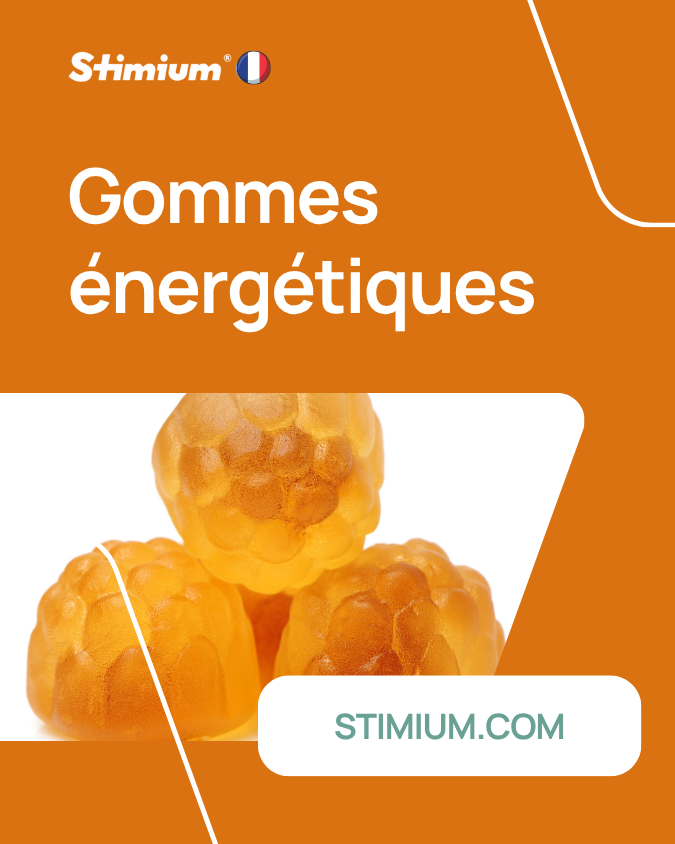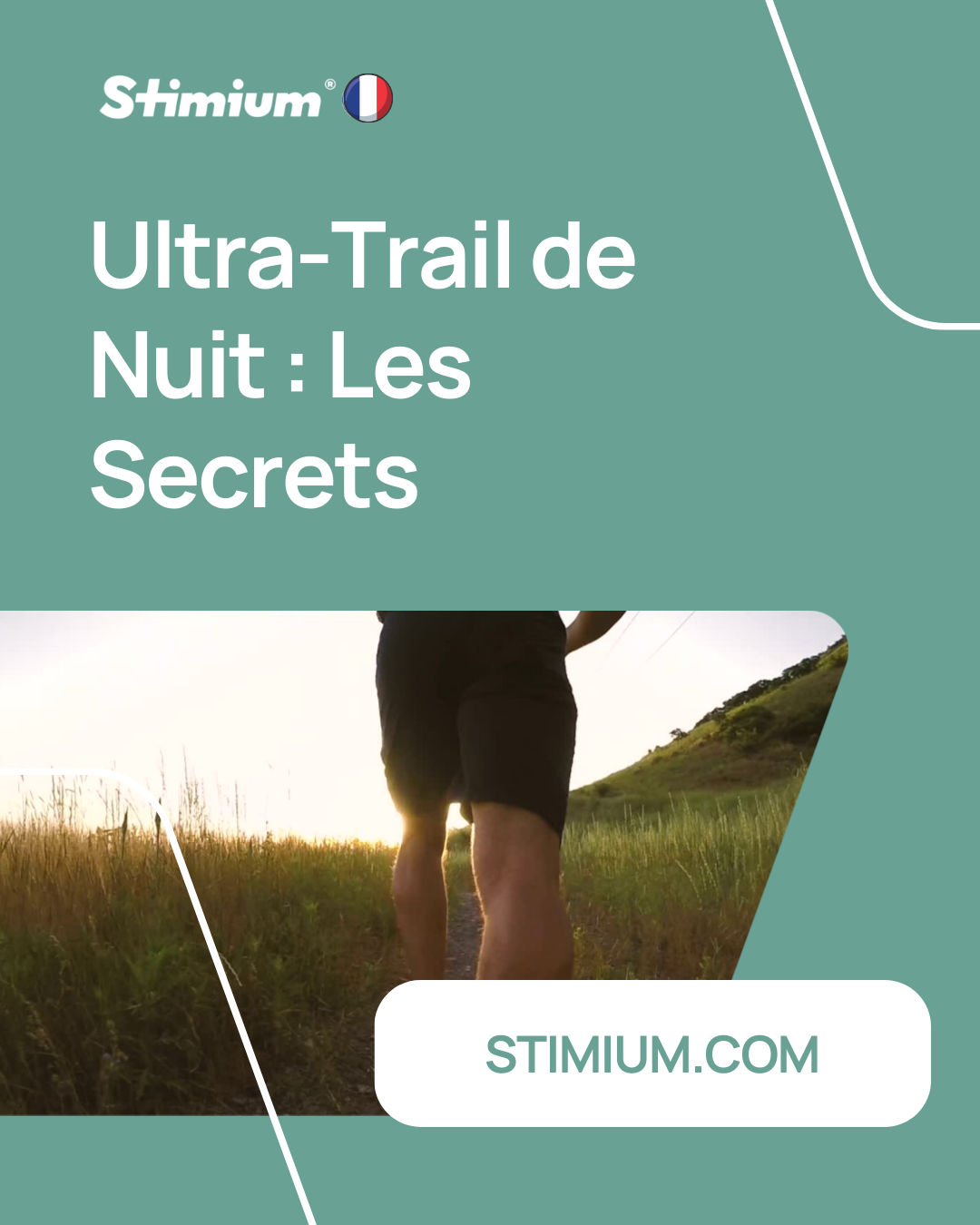Cycling: riding in the mountains, tips for progress
Every year, the mountain attracts many experienced cyclists, enthusiasts, amateurs or thirsty for wide open spaces and long outings. But riding in the mountains can have (bad) surprises in store for the least prepared cyclists . Have you planned a course or competition at altitude in the coming months? Here are some tips to get there in the best possible condition and, above all, to progress in the mountains.
Riding in the mountains: physical preparation
Riding in the mountains requires special physical preparation. The body of a climber is not the same as that of a sprinter, a roller or a time trial specialist. If physical preparatory work is necessary, it is above all the pedaling which is very specific to the practice of mountain cycling.
Bumps, bumps and more bumps!
The best remedy to prepare for kilometers at altitude? Climb bumps, again and again, and accumulate altitude. Even if it means climbing ten times in a row the local hill that you have known since you were young. The key lies in the sequence of training sessions with a high elevation gain. However, there is no question of riding all the bumps in the region at full speed. Vary the intensities during your workouts to discover your own physical sensations and your best rhythm. Without forgetting that a climb takes place over a fairly long period of time, where you generally have to alternate between dancing and then sitting in the saddle. An alternation of position on the bike which not only allows you to restart when exiting a bend, but also to relieve certain muscles to work on others.
Your time as a dancer brings you a boost in power, a higher speed, but also entails a greater energy cost. The technique, although it seems simple at first, requires specific training. Poorly performed, the dancer overexerts the muscles of the upper body and therefore consumes more energy. You must succeed in relaxing your wrists and shoulders, swinging the bike more than your body in order to create a rocking movement and, thus, gain efficiency.
Some runners prefer to remain seated during the entire climb. The choice of technique generally depends on the physique and build of the cyclist. We remember some stylistic clashes during stages of the Tour de France, in the 90s, between Marco Pantani standing on his pedals from the foot of the passes, while Miguel Indurain made all his climbs almost never getting up from his saddle.
Preparing by chaining fairly long difficulties allows you to define your physical preference and adapt your own pedaling stroke; seated or as a dancer, in strength or in velocity. Riding hard, using a high gear, produces more toxins in the muscles; while hyper velocity implies a certain muscular economy. You still need to be able to maintain this very high pedaling frequency throughout the climb.
Prepare to manage your effort.
Starting too quickly at the foot of the pass, stalling in the middle and collapsing before the summit: this is what happens too often to the least well prepared runners who start riding in the mountains. This is why physical preparation also involves learning how to manage your effort.
By including in your training sessions of two times 15 minutes at an intensity I3 according to the Cluster scale (sustained intensity), you can produce an effort of certain intensity without putting yourself in the red (the heart rate is between 85 and 92%). Observe and analyze your resistance to effort during these sessions in order to determine your pedaling rhythm.
Specific work like fartlek can also bring excellent results. Fartlek is a split training method (or interval training ) developed by the Swede GöstaHolmer in the 1930s. Initially intended for long-distance and middle-distance runners , it easily adapts to cycling. Alternating between aerobic and anaerobic phases, fartlek increases lactic resistance and improves intrinsic speed.
Example of an uphill fartlek exercise
- Select a fairly dry coast (7% average), 800 to 1000 m long.
- Climb this hill by accelerating gradually, preferably in a dancer's style in order to work as many of the body's muscles as possible. Sprint, strong, during the last 120 meters.
- Turn around and go down without pedaling, to keep as much lactic acid in your legs as possible.
- Repeat the back and forth 3 to 5 times.
- After a 5-minute break, repeat the series.
This type of preparation can also be carried out on a home trainer, respecting predefined power levels and heart rates.
Of course, as with any intense effort, a good knowledge of your body is essential before committing. The Ruffier-Dickson test, for example, allows you to effectively measure your physical condition and, therefore, to better plan the training phase.
If it is strongly – and necessarily – linked to intensity, effort management can also be worked on from small details such as:
- Position on the bike: relaxation of the shoulders, grip on the wind
- Trajectories, especially on descents: avoid braking more than necessary. Favor a wide turn attack to catch the rope on the inside and have to raise less on the exit.
The opinion of Pauline Ferrand Prevost, Triple World Elite Cycling Champion: “Physical preparation in cycling has become essential and this is becoming more and more true over time. If I do more intensive and regular work during the winter, I still schedule two weekly sessions during the season. I include muscle strengthening, abdominal and lower back. Above all, this helps to avoid injuries because riding in the mountains puts more strain on these muscle areas. Week after week, you adopt a certain routine, you learn the movements in order to prevent injuries. It was during a difficult year where I had a series of problems that I really got into it. Now it is an integral part of my training. It even became pleasant and fun. I quickly felt the benefits of this preparation, notably better transmission of force between the leg and the pedal. Previously my pelvis was not stable and since working this way this aspect has improved considerably. I insist on not focusing only on the legs, even if we are talking about cycling. Physical preparation is a complete work, on the whole body. It is important to define your personal and specific needs before starting this practice. »
Riding in the mountains: nutrition
You already know that there is nothing worse than being overweight when you play a sport, especially cycling. The slightest extra kilo penalizes you as soon as you climb the local bump or the motorway bridge. So imagine in the mountains, when you have to climb mountains and wonders to reach the summit of Galibier, Alpe d'Huez, Tourmalet, or Grand Bornand. It's obvious: weight is definitely the climber's enemy. Obviously, it will always be possible to use Stimium Thermoshape the best fat burner and/or Stimium Hydro Off to combat excess pounds and have an interesting draining effect, while knowing that these products only have real use in the context of a varied and controlled diet! )
Sharpen upstream
Getting sharper is above all about losing fat and retaining muscle. We need to be lighter while maintaining power. To do this, you need to keep proteins in your diet at a minimum of 0.8 grams per kilogram of body weight. 1 If you weigh 60 kilos, like Nairo Quintana, you need 48 grams of protein per day. For information, in 100 grams of meat, you find approximately 20 grams of proteins. 2 Adapt your diet to match your protein needs.
Sharpening is also, and above all, a matter of seriousness and willpower. If, without alcohol, the party is crazier, it also makes your sharpening mission much easier ;). Because alcohol, in all its forms, is particularly caloric. Wine, beer and other spirits should therefore be reduced or banned from your diet. The same goes for sodas, syrups and sugary drinks that catch our eye on supermarket shelves, especially when the first warm weather arrives.
It is advisable to work on your sharpening well in advance of your mountain getaway. There is no need, in fact, to add this constraint during the training period at altitude.
Refueling: beware of cravings!
It's obvious: the cyclist expends more energy when riding in the mountains than in the plains. Even more than usual, regular nutrition during a mountain outing is therefore essential in order to avoid cravings, an all-too-common incident among cyclists.
In this diet, the liquid portion is obviously essential. Even at high altitude, where the temperature can drop drastically, the cyclist sweats a lot. This sweating is a natural reaction to increased energy expenditure. It is important to keep in mind that 75% of the energy produced by our body during physical effort is heat, the rest being mechanical energy 3 ; the one that allows us to move forward and on which we count to reach the highest peaks. Our body temperature therefore increases quite naturally during physical activity; which is necessarily more significant for the cyclist who rides in the mountains. It is therefore a question of hydrating yourself at regular intervals. Stimium® Rgn3 Reload or Stimium® Rgn3 Clean-Up to restock vitamins and minerals during and after exercise are in high demand by cyclists, particularly for outings lasting more than 2.5 hours. For outings of less than 2 hours, we would rather recommend Stimium Boost Powder for a complete refill in the bottle with carbohydrates and vitamins.
Above all, don't wait until you're thirsty before drinking. Drink from the start of the exercise, in small quantities: 10 to 15 cl at a time (a large sip). Repeat this absorption every 8 to 10 minutes.
In addition to your bottles of water and energy drinks, bring quick sugars: fruit or almond pastes, dried fruits, gels and energy gums. Save the foods that are easiest to ingest for the end of your climb: with fatigue, it can become more difficult to chew and swallow pasta that is too substantial.
The interest of the scale
Let's talk about weight again. It is interesting to weigh yourself daily during a period of mountain training, preferably on an empty stomach in the morning, in order to compare your weight from one day to the next. Not with the aim of sharpening and encouraging possible daily weight loss (remember that sharpening is to be favored before starting work in the mountains). This morning and daily check above all allows you to know your hydration. If the weight decreases, with a constant and comparable diet, this may be a sign that the runner has not made up for the water deficit linked to his outing the day before. In this case, it is therefore necessary to increase hydration before, during and after exercise.
The opinion of Pauline Ferrand Prevost Triple world elite cycling champion: “Weight is a constant to monitor all year round. You really have to manage this well when you are targeting an objective and not arrive too sharp on the big day at the risk of being too weak, getting sick, or losing strength. You have to find your ideal weight, test your limits, make a few mistakes and find the compromise between sharpening and well-being. It is mentally essential. You don't have to deprive yourself for weeks and lose all the fun. I experienced these difficult passages and I am happy to have now found a balance that suits me with the objective of the World Championships in Innsbruck, on a mountainous course, where weight will be of particular importance. I know that by being sharp today, I will not be at my best on the big day. The days preceding the objective, you must ingest a source of carbohydrate without inflicting too large a load on yourself at once. When running, I favor energy drinks and gels, which I appreciate more and more because they cause less of this sluggish effect after taking them. At a minimum, you should drink one bottle per hour but it is sometimes difficult to drink more than that. After exercise, you should try to eat as quickly as possible, something like rice for example. Above all, you should choose a food that you enjoy because it is not always easy to refuel as soon as the effort is over. I usually have a recovery drink once I cross the finish line. Once again, you have to experiment to find the taste and products that you prefer and, above all, that suit you. Not everything works for everyone. »
Riding in the mountains: equipment
If the Human is the first factor to influence with a view to weight loss and preparation for the mountains, the cyclist's equipment is also preponderant. Not only its weight but also its quality, its specific characteristics for cycling at altitude and above all its comfort. No question of spending hours going up and down steep roads without having a little fun.
Adapted gears or guaranteed decline
First thing to think about: the gear. As soon as the road rises, by a few degrees or by a dizzying amount, you need to adapt your gears in order to maintain a certain level of comfort. Don't be afraid to go with small developments, even if you don't use them, they will still be there in the event of a mishap or a sudden slope. For the chainring, keep your usual large chainring (52 or 53 teeth) and add a small chainring of 39 or 36 teeth which will be more suitable than a 42 used more on flat courses. At the rear, choose an 11-speed freewheel, now very common on bicycles. You can therefore leave with peace of mind, certain of finding your right development when the road rises. With a starting point of 11 or 12 teeth, important for going at full speed on descents, you can go up to 28 teeth. With a 36x28 development, you should be able to reach the highest and steepest peaks while still maintaining some leeway in terms of pedaling flexibility and velocity. If you are not really a mountain enthusiast and the higher percentages scare you a little, a compromise is available to you: the triple chainring. If, by opting for this solution, you guarantee yourself a wider range of developments, take into account the extra weight (around 400g more than a classic double) and the scarcity of the offer: 5 models on the sites of the most famous online sales, compared to 45 for double trays .
Bike weight vs. body weight
Obsessed with weight, the cyclist often wants to gain gram by gram on his machine. But this represents a cost, often high. When you look at the investment required to lighten your bike by even a kilo, you almost want to dry out and get on a steel bike. Remember that the first weight loss must be done on the body: it costs nothing, apart from willpower! 😉
For the most diligent, let us point out that the first weight gain must be made, as a priority, on the moving parts – therefore the rims-tyres-chambers assembly – since they are the ones which have the most impact on the inertia of the bike. There are, moreover, some basic techniques which allow you to easily gain a few grams:
- Cut unnecessary cable ends
- Cut off the unused piece of the seat post
- Drain the water accumulated in the frame in case of rain or cleaning
Mountain cyclist's clothing
Who says mountains says changing weather. And who says altitude says temperature drops. In addition to the cyclist's basic equipment (bib shorts with chamois and openwork straps + zippered jersey), bring something to deal with bad weather. By the way, note that a look at the weather forecast for the day of your outing can be more than useful!
A pair of cuffs and a windbreaker are essential. Even in good weather, this will at least protect you from the cold that awaits you at the summit and from the wind, which is often stronger at altitude and whose effect is accentuated during descents. Also remember to protect your head (cap in addition to the helmet): the higher you climb, the more aggressive the UV rays are. If the climatic differences between the bottom of the climb and the summit are expected to be very significant, do not hesitate to bring warm clothing, even if it means having to carry a small backpack. The extra comfort you gain will be well worth the few extra grams to take to the summit!
Accessories and sensors: gadgets or utility?
Power sensors, heart rate monitors and other pedaling frequency sensors allow you to compare your performance and your form, day after day. If you have specific exercises to perform while respecting a certain power, a certain cadence or by navigating within very specific intensity zones, defined in advance with a trainer, these accessories can prove to be valuable allies. Their use is all the more frequent as their price tends to become more popular. But just using them is not enough. Above all, you must understand them and tame them so that they can be useful to you. Collecting information on your watts, your cadence or your heart rate without understanding what that represents is of little use. The basis is therefore to use them at home, to get used to the product – or even to get advice from a qualified salesperson or from a friend who is used to using them – and, thus, to be able to correctly measure your performance and your progression.
The home trainer that simulates summits.
What if we could go to the mountains while staying in our living room? The latest generation home trainers offer you a simulation of the inclination of the road. Some even come with videos that project you into the simulated environment. If the realism is sometimes astonishing and it can be practical to feel the effect of the slope, especially in bad weather or when you live far from mountain ranges, the pedal stroke remains quite far from that practiced in real ascent and the cost of the equipment, which is quite high, can represent a barrier for most cycling enthusiasts.
The opinion of Pauline Ferrand-Prévot , Triple Elite Cycling World Champion: “Personally, I use the same bike whatever the profile, the Ultimate from Canyon. The weight of our machines is limited to 6.8 kg. In the mountains, I like to use stiff and light wheels and I think this is a priority in the cyclist's equipment.
The important thing in the mountains is also the gear: you should definitely not arrive with too much gear because the mountain is treacherous. The bamboo blow is waiting for you and can happen at any time! We must not hesitate to have margin even if we do not use everything, this is psychologically reassuring. On the Course by le Tour and the finish at Izoard, I took a 39×28 and I regretted not having a smaller one. For some cyclists, compact chainrings may be attractive.
In training, as in racing, I use the heart rate monitor and the power meter. These are two essential tools so as not to do anything stupid in training. In the mountains more than on the flat, you can fly one day and be planted the next. Power is the first indicator for respecting precise intensities. Personally, I use it every time I go out. We lose the feeling a little, some may find it less appreciable but it is, in my opinion, ideal for progress. »
There you go, you know everything about riding in the mountains. We will nevertheless advise you not to always rush and not to keep your head in the handlebars all the time, that is to say... to admire the always spectacular landscapes that we can find, especially on certain climbs (downhill. ..we generally have less time!)
1 https://www.anses.fr/fr/content/les-prot%C3%A9ines (Recommendations of the National Agency for Food, Environmental and Occupational Health Safety) 2 https://www.anses.fr/fr/content/les-prot%C3%A9ines (Recommendations of the National Agency for Food, Environmental and Occupational Health Safety) 2 https://www .medecinedusportconseils.com/2013/07/30/les-apports-de-proteines-chez-le-sportifs-conseils-simples-interet-dangers-des-proteines/ (Publication by Dr J.-J. Menuet, July 2013 ) 3 https://biologiedelapeau.fr/spip.php?article75 (THE thermoregulation – Biology of the skin | Agnès Sommet, April 2013)







